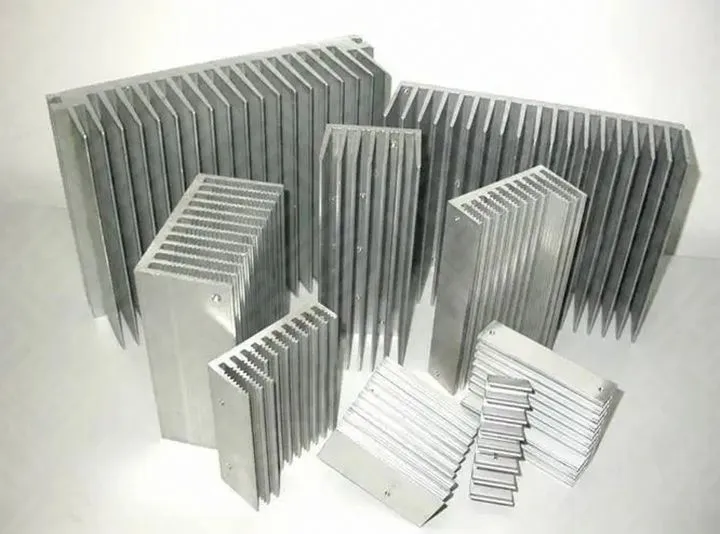How many types of aluminium profiles are there?
Aluminum profiles come in various shapes and sizes, each designed to serve specific purposes in construction, manufacturing, and other industries. Here are some common types of aluminum profiles:
1. T-Slot Profiles: T-slot profiles feature a T-shaped slot that runs along the length of the profile, allowing for easy insertion of bolts, nuts, and other fasteners. These profiles are widely used in the construction of framing structures, machine guarding, and modular assembly systems.
2. Angle Profiles: Angle profiles, also known as L-shaped profiles, have two perpendicular legs that form a 90-degree angle. These profiles are commonly used for structural support, framing, and corner reinforcement in various applications.
3. U-Channel Profiles: U-channel profiles feature a U-shaped cross-section with two parallel legs connected by a base. These profiles are often used as edging, trim, or guides in construction, automotive, and manufacturing industries.
4. Round Profiles: Round profiles have a circular cross-section and are used for applications requiring smooth edges and aesthetic appeal. These profiles are commonly used for handrails, furniture components, and decorative trim.

5. Square Profiles: Square profiles have a square cross-section with equal sides and are often used for structural framing, supports, and mounting brackets. These profiles offer excellent strength and rigidity for a wide range of applications.
6. Rectangular Profiles: Rectangular profiles feature a rectangular cross-section with longer sides and shorter sides. These profiles are versatile and can be used for various structural and decorative purposes, including frames, enclosures, and shelving.
Related links:Copper Supplement (Oral Route, Parenteral Route)
Tizanidine (Oral Route) Side Effects
7. I-Beam Profiles: I-beam profiles, also known as H-beams, have a distinctive I-shaped cross-section with flanges on the top and bottom connected by a web. These profiles are widely used in structural engineering for beams, columns, and support structures.
8. Tapered Profiles: Tapered profiles feature a gradually narrowing or widening cross-section along their length. These profiles are often used for aesthetic purposes, such as architectural features, lighting fixtures, and signage.
9. Custom Profiles: In addition to standard profiles, aluminum extrusion manufacturers can produce custom profiles tailored to specific requirements. Custom profiles allow for greater design flexibility and innovation in various industries, enabling unique solutions for specialized applications.
In conclusion, aluminum profiles come in a wide range of shapes and sizes, each serving specific functions in construction, manufacturing, and other industries. Whether it's framing structures, providing structural support, or adding aesthetic appeal, there is a suitable aluminum profile for every application. By understanding the different types of aluminum profiles available, designers and engineers can select the most appropriate profiles to meet their project needs effectively.
Aluminum Products Purchasing Service



